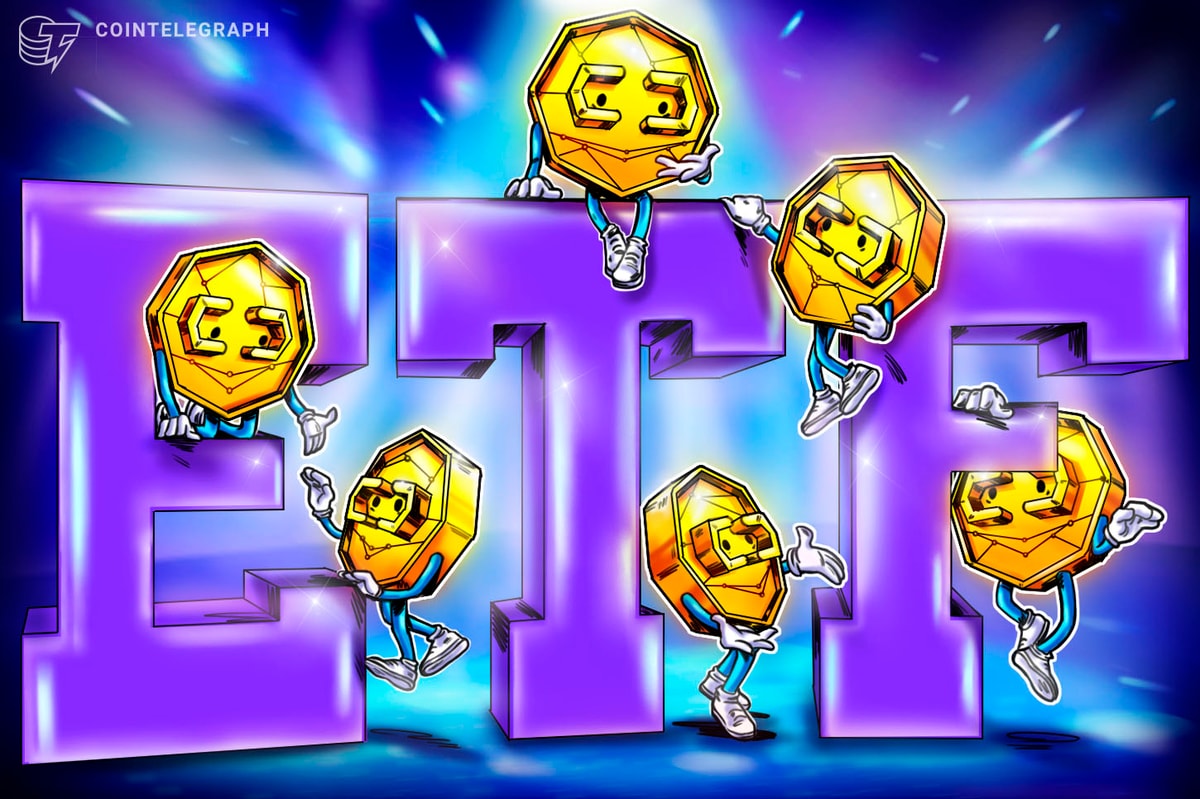A survey from the Financial Industry Regulatory Authority (FINRA) suggests that new crypto investors tended to be swayed by suggestions from friends, compared to equities or bond investors.
News
Influence from friends and the fear of missing out (FOMO) were some of the reasons investors bought crypto for the first time in 2022, according to a survey by a United States financial regulator.
Published by the United States Financial Industry Regulatory Authority (FINRA) Investor Education Foundation in late April, the survey found that a large portion (31%) of new cryptocurrency investors cited “friend suggestion” as the primary reason for their foray into crypto.
This is compared to only 8% for first-time equities or bond investors, potentially indicating that there is “a social element to cryptocurrency investing not evident in equities or bond investing,” according to FINRA.
However, the ability to “start with small amounts” was the second biggest reason for making a move into the crypto market at 24%, similar to equities and bond investors.
Meanwhile, around 10% of respondents indicated a fear of missing out (FOMO) on a “potentially lucrative investment opportunity” led to them buying crypto for the first time, according to the survey.
The survey also found that 48% of crypto investors said they sourced information about the digital asset market from friends, family or work colleagues — compared to 35% for stock investors — followed by social media at 25%.
The survey also found that newer crypto investors were slighter younger on average (37 years old) and less college-educated (28.5% completed a four-year degree) compared to stock investors (43 years old and 46.3% with college degrees).
Related: Crypto becomes second most widely-owned asset class for young women: eToro survey
Interestingly, the study found that digital asset owners didn’t know as much about cryptocurrencies as they initially thought.
Digital asset investors scored 26.6% on a five-item quiz that asked questions about how a cryptocurrency is issued; transferred into U.S. dollars; how it is taxed; and how transactions may be “susceptible” to fraud.
The 465 participants surveyed on Sept. 9 and 29 were randomly selected from U.S. households. The margin of error was 6.75%. The 2022 survey was part of a follow up survey from 2020.
Magazine: Magazine: Crypto winter can take a toll on hodlers’ mental health







